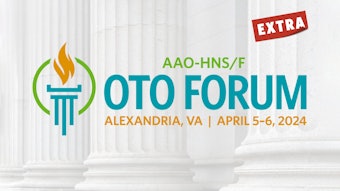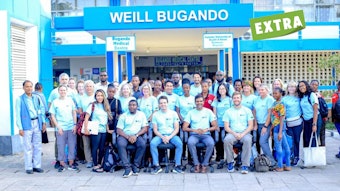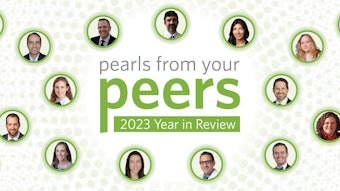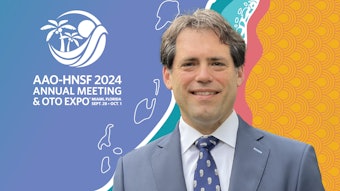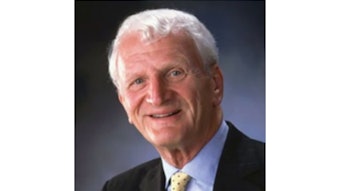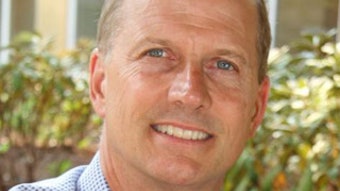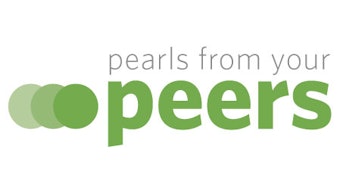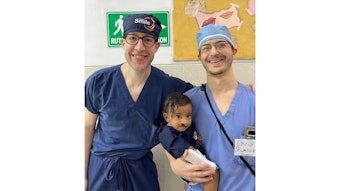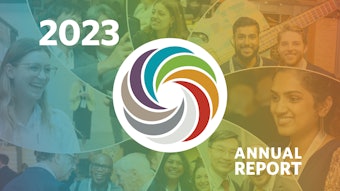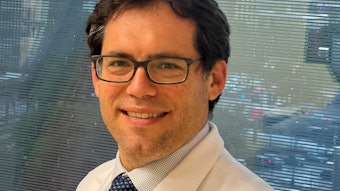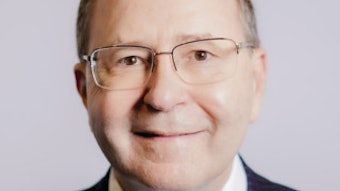Privademics
The distribution of our future otolaryngology workforce is relevant to all of us.
David M. Yen, MD, for the Otolaryngology Private Practice Section

For 20+ years I considered myself to be in private practice, despite continuous involvement with education of medical students and residents outside otolaryngology and participation in clinical research for 10+ years. My group, Specialty Physician Associates, had a collaborative relationship with St. Luke’s University Health Network, providing otolaryngology services throughout all the hospitals in the network, but we were not hospital employees. What could be better?
We had a sustained stream of patient referrals, EPIC as an EHR, OR block time, and help from colleagues across the range of specialties, yet we maintained autonomy, with our own ambulatory surgery center and freedom to operate, particularly in the office setting, where much of the action seems to be. In 2021 it did get better. When working together with St. Luke’s, we were awarded an otolaryngology residency.
Wait a second—does that mean we are now in academics? The traditional categories of academic or private practice didn’t seem to fit.
Let’s take a closer look at these historic categories. The Merriam-Webster Dictionary provides multiple definitions of academic.
The first, “of, relating to, or associated with an academy or school especially of higher learning,” certainly describes the practice setting where colleagues serve as professors. But is everyone engaged in resident education employed by an academic institution? The doctors in my group, including me, certainly are not! There are also physicians employed by academic institutions who “just” provide direct clinical care, without teaching or research responsibilities.
The second definition is a bit more expansive, “of or relating to performance in courses of study.” By this second broader definition, each and every one of us continues with academic efforts, hopefully by inclination and a commitment to excellence, at least for maintenance of certification and licensure requirements.
What about private practice? In the past it might have been best defined as self-employment, meaning the otolaryngologist providing the care was also the person signing the checks. Nowadays there are less of us who fall into this category. Does private practice encompass more?
The Otolaryngology Private Practice Section (OPPS) was recently established in 2023, and membership is open to, “all non-retired members of the AAO-HNS/F not employed by an academic institution. These include, but are not limited to, those that are self-employed, employed in physician partnerships, or employed by healthcare systems.” By these membership requirements, all practices except those based within academic institutions fall under the umbrella of “private.” Although it is wonderfully inclusive, it may represent an oversimplification.
What happens then when a group of otolaryngologists in private practice is awarded a residency? What if one is still signing the checks, yet also given the privilege of training future colleagues? What happens might best be described as “privademics,” and I believe the term applies to how more and more of us currently practice. The traditional distinction of academic versus private practice may be at best outdated, at worst divisive and misleading. Why not both?
In the AAO-HNS 2022 Otolaryngology Workforce Report, the five most common practice settings chosen by survey respondents were Academics, Private Single-Specialty Group, Solo Practice, Private Multiple-Specialty Group, and Nonacademic Hospital, and nine other types were also reported.
Specifically, 35% of practicing respondents describe their practice setting as academic and 62% as private (33% as private single-specialty group, 11% as solo practice, 10% as private multispecialty, and 8% as nonacademic hospital). (Figure 1)
 Figure 1. Distribution of Practice Environment by Academy Member Respondents. Reprinted with permission from the AAO-HNS.
Figure 1. Distribution of Practice Environment by Academy Member Respondents. Reprinted with permission from the AAO-HNS.
Source: 2022 Otolaryngology Workforce Report
In contrast, when asked about future job plans, 59% of PGY-5 respondents reported pursuing an opportunity in academics, with 28% contemplating private practice, including nonacademic hospital employment. (Figure 2) Results were similar for current fellows, with 56% of respondents pursuing appointments, with 34% focused on private practice, again including nonacademic hospital employment (Figure 3). Keeping it simple, most of our trainees pursue traditional “academic” opportunities, at least initially, yet these jobs represent the minority of the options available. Conversely, about one-third start out looking for jobs in “private practice,” yet this segment accounts for almost two-thirds of practice settings.
 Figure 2. Job Plans by PGY. Reprinted with permission from the AAO-HNS.
Figure 2. Job Plans by PGY. Reprinted with permission from the AAO-HNS.
Source: 2022 Otolaryngology Workforce Report
 Figure 3. Current Fellows Job Plans. Reprinted with permission from the AAO-HNS.
Figure 3. Current Fellows Job Plans. Reprinted with permission from the AAO-HNS.
Source: 2022 Otolaryngology Workforce Report
This disparity has ramifications. For academic opportunities, more candidates than positions available results in a “musical chairs” scenario, meaning some player always loses. In this case, it is our early-career colleagues. On the private practice side, there are more jobs than candidates. Here the loser is the experienced colleague who struggles with recruitment. Worse yet, patients and entire communities also lose.
There is ongoing active discussion regarding the otolaryngology workforce from the perspective of adequacy of numbers, with significant disagreement—though I am sure we agree, getting it right is relevant to us all. Rather than just overall number, the distribution of our future otolaryngology workforce would seem to be a more pressing issue, and perhaps we should focus on coming up with ways for everyone to win, whether they are otolaryngologists across all practice types and settings, or patients.
How might we accomplish this? Exposing our residents to the range of practice options out there surely will help. The OPPS bears responsibility in this regard, and I know we are up to the challenge. You can do your part as well. Join the OPPS. Read the 2022 Otolaryngology Workforce Report. It is worth your time. Read the 2023 Report when it comes out later this year, and please do respond to future surveys.
Getting rid of the traditional categories of “academic” and “private practice” will also help, even more so if we move beyond offering the choice of “academic” versus “private practice.” There are not likely to be many professors who continue to flourish without consideration of dollars, whether obtained via RVUs or grants. Similarly, the most business-minded, die-hard colleagues in “private practice” are best served by remaining engaged in academic activities, as practicing yesterday’s otolaryngology seldom yields superb outcomes in either quality or financial results. Why not both? Let’s all do our part. We are all together in privademic practice!


